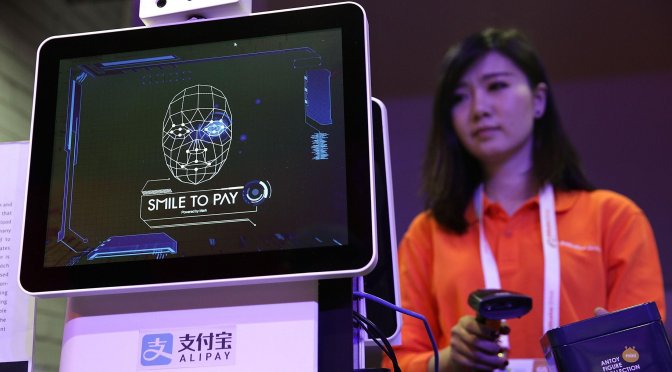
If your face was ever captured on a camera and stored somewhere on the web, Facial Recognition Software can find it, analyze it, and use it to hunt you down! The number of industries and organizations actively using face recognition technology is growing rapidly. Some people are probably aware of this intrusion, but many people are still oblivious. To get a glimpse of our future, here are the top ten ways in which Facial Recognition Software is inevitably penetrating our lives.
Many retail stores are increasingly adopting face recognition to identify repeat customers and offer them special services. They are also using it to derive data and analyse the performance of their stores. Demographic details like gender and age can be used to reveal the kind of customers that frequent the store. Businesses can then optimise their products to drive more sales. The way things are headed, every store in the future will greet you by name!
Casinos are actively using facial recognition systems in order to recognize their customers. They then use it to track them, identify them on the web, and let them know how often they’re going to the casino. Recognition allows them to identify repeat customers and estimate frequency of their visit. They can then use it to help gambling addicts, reward loyal customers, identify fraudsters, and even enforce bans.
With explosion in dating sites/apps and users showing keen interest in such services, businesses have come up with all sorts of crafty matching mechanisms to help users find their soulmates. Among such sites are the likes of findyourfacemate.com. The makers of this site believe (more like claim) that people are most attracted to those that look like them. They use neural nets to map faces to a mathematical realm. People whose faces are nearby in this realm are then suggested by the app as potential mates. Similarly, Doggleganger can also match you up with a DOG that looks like you based on the stereotype that people tend to look like their pets.
This one comes as no surprise. In countries like US and China, government institutions like FBI etc. have been using face recognition for a long time to identify criminals. The Chinese have gone full ninja with this technology, with some reports suggesting that the government can identify criminals even before they commit the crime! They’ve been known to snoop on crowds at sporting events and other places. More power to the authorities.
Facebook and its gazillion photos of 2 Billion users uses Facial Recognition to identify everyone. There was a huge uproar and protest over users getting tagged in strangers' photos and the massacre of privacy. Following these, FB has decided to turn it off by default... for now.
Companies like MasterCard are researching about ways to enable payment verification through the face. The advantages are numerous but the primary motivation is preventing fraud and identity theft. Among other advantages is that one won't have to remember passwords or put the credit card information on the web. This will greatly reduce losses banks incur due to international credit card theft/hacking mafia.
In the future, you will smile to pay for everything your wife forces you to buy!
Hotels and restaurants are beginning to use this service to identify customers even before they enter the door. This allows them to offer specialised services to each customer by taking into account their past preferences. Restaurants can also cater to their guests by serving them their favourite meal by preparing it as soon as they arrive.
Teenagers using fake Ids to get a drink have been a problem for quite some time. With age recognition technology it is possible to determine age from a person's face. This will prevent teenagers from getting fake ids and hopefully reduce black market activity.
Many schools have started installing this technology to automatically track attendance of pupils. This gives more time to teachers for teaching and maximises productivity. It also prevents students from faking attendance or other mischief. It is also possible to keep an eye on the campus and find and track bullies.
Many offices and government buildings are now using face recognition based authentication for seamless access control. This prevents, among other things, tail gating where people who forgot their IDs run behind their colleagues to pass the access point. It also increases security buy immediately reporting potential breach attempts. Its also possible to comprehensively track an individual inside a campus/building and identify malicious visitors.